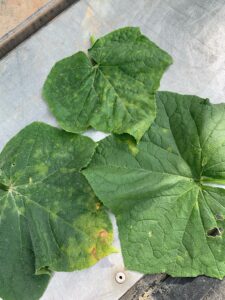
Cucumber Downy Mildew Found in North Carolina
Written by Mariana Prieto-Torres, Mike Adams, Dr. Savithri Purayannur, and Dr. Lina M. Quesada-Ocampo. Pseudoperonospora cubensis, the causal agent of cucurbit …


Extension and research at NC State address timely issues impacting our state. Extension delivers trusted information directly into the hands of farmers and agribusinesses, helping them translate knowledge into solutions that grow our economy and communities.
El inglés es el idioma de control de esta página. En la medida en que haya algún conflicto entre la traducción al inglés y la traducción, el inglés prevalece.
Al hacer clic en el enlace de traducción se activa un servicio de traducción gratuito para convertir la página al español. Al igual que con cualquier traducción por Internet, la conversión no es sensible al contexto y puede que no traduzca el texto en su significado original. NC State Extension no garantiza la exactitud del texto traducido. Por favor, tenga en cuenta que algunas aplicaciones y/o servicios pueden no funcionar como se espera cuando se traducen.
Inglês é o idioma de controle desta página. Na medida que haja algum conflito entre o texto original em Inglês e a tradução, o Inglês prevalece.
Ao clicar no link de tradução, um serviço gratuito de tradução será ativado para converter a página para o Português. Como em qualquer tradução pela internet, a conversão não é sensivel ao contexto e pode não ocorrer a tradução para o significado orginal. O serviço de Extensão da Carolina do Norte (NC State Extension) não garante a exatidão do texto traduzido. Por favor, observe que algumas funções ou serviços podem não funcionar como esperado após a tradução.
English is the controlling language of this page. To the extent there is any conflict between the English text and the translation, English controls.
Clicking on the translation link activates a free translation service to convert the page to Spanish. As with any Internet translation, the conversion is not context-sensitive and may not translate the text to its original meaning. NC State Extension does not guarantee the accuracy of the translated text. Please note that some applications and/or services may not function as expected when translated.
Collapse ▲
Written by Mariana Prieto-Torres, Mike Adams, Dr. Savithri Purayannur, and Dr. Lina M. Quesada-Ocampo. Pseudoperonospora cubensis, the causal agent of cucurbit …
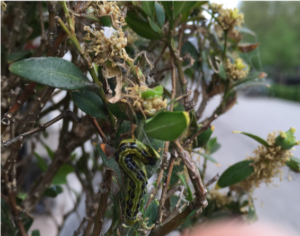
Box tree moth, Cydalima perspectalis, is native to Asia. It was introduced into Europe in 2007 and quickly spread …
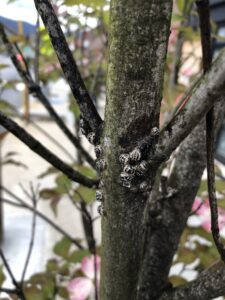
Calico scale, Eulecanium cerasorum, was accidentally introduced to California from Asia in the 1920s. It has now become established …

Springtime for beekeepers is synonymous with starting new colonies, especially since annual losses have been hovering ~40% every year so …
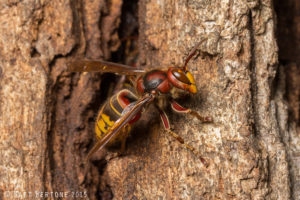
Last year, there was a lot of media buzz (no pun intended) surrounding the introduction of Asian giant hornets …
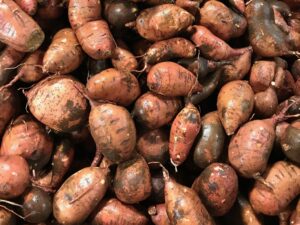
From Camilo Parada and Dr. Lina Quesada-Ocampo In collaboration with the Plant Disease and Insect Clinic at NC State University, …
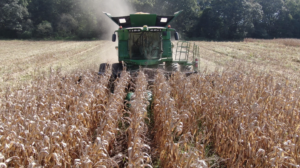
Higher Corn Populations? Where is the Industry Headed? In this video, Area Agent, Tim Hambrick, discusses why higher populations are …
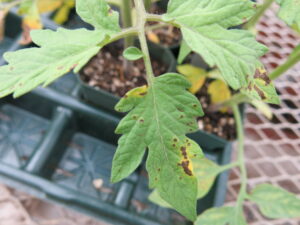
For vegetable growers (both commercial and home gardeners), springtime often brings to mind tomato transplants. However, sometimes diseases occur …
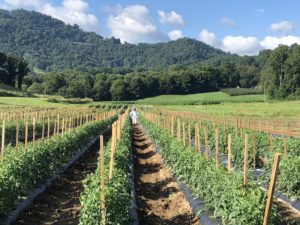
The fungicide spray guides for tomato and pepper are intended for commercial growers and are suggested products or programs …

On January 28, 2021, the North Carolina OVT program held a virtual webinar going over an introduction to the …
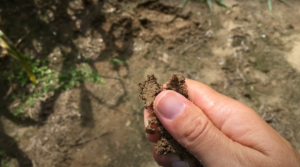
In order to answer this question two or three years of research isn’t enough. This video discusses soil health …
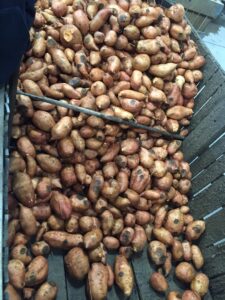
From Madison Stahr and Dr. Lina Quesada-Ocampo Sweetpotato black rot, caused by the fungal pathogen Ceratocystis fimbriata, was found in …
The 2020 Soybean OVT data is now available on the new variety selection tool: Variety Selection Tool Additionally, we have created …

PLEASE NOTE: NC State University and local agencies (e.g. NCDA&CS) are not currently tracking species that are already known to exist …
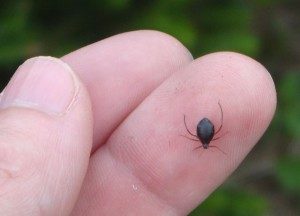
This is an updated version of an older post from 2017. Apparently COVID isn’t stopping some insects from traveling and …
The 72nd Annual Crop Protection School will be held Wednesday, December 2, 2020, online via Zoom. RSVP is required, …
The 2020 North Carolina OVT corn grain data is now available on our new Variety Selection tool, which can …

The number of chrysanthemum samples diagnosed with Fusarium wilt this year is well above average, according to NC State …
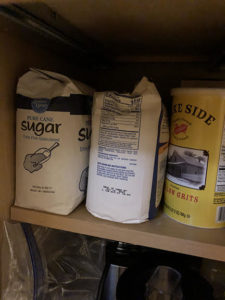
In the midst of the COVID-19 pandemic, it is reasonable to try and make fewer trips to the supermarket …
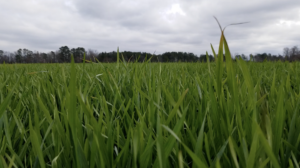
Are you planting wheat this fall? Join us for part 1 of our “Wheat Production Series” on September 25, 2020, from …

NC State conducted a strawberry Neopestalotiopsis (Neo-P) trial at the Horticultural Crops Research Station in …
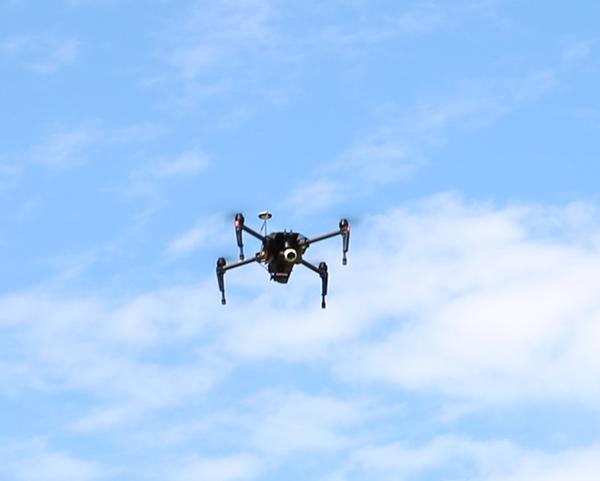
This publication discusses flying unmanned aerial vehicles (drones, model aircraft) for commercial purposes. You'll learn …
This guide outlines steps that a facility producing livestock food could follow when developing its …

This review presents the key steps involved in pruning a mature Carlos vine for maximum …

This vegetable pathology factsheet describes the identification and treatment of anthracnose of pepper.
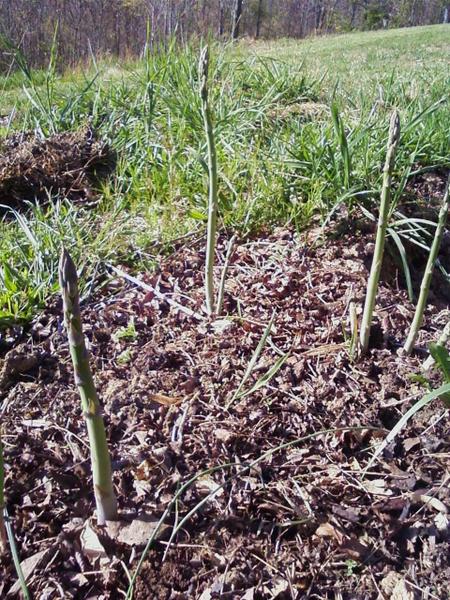
Asparagus has been considered a garden delicacy since Roman times. Any home gardener can grow …
Lack of yard space is no excuse for not growing a vegetable garden. Regardless of …
Sprouts from mung bean (Phaseolus aureus) have been used for food since ancient times. These …